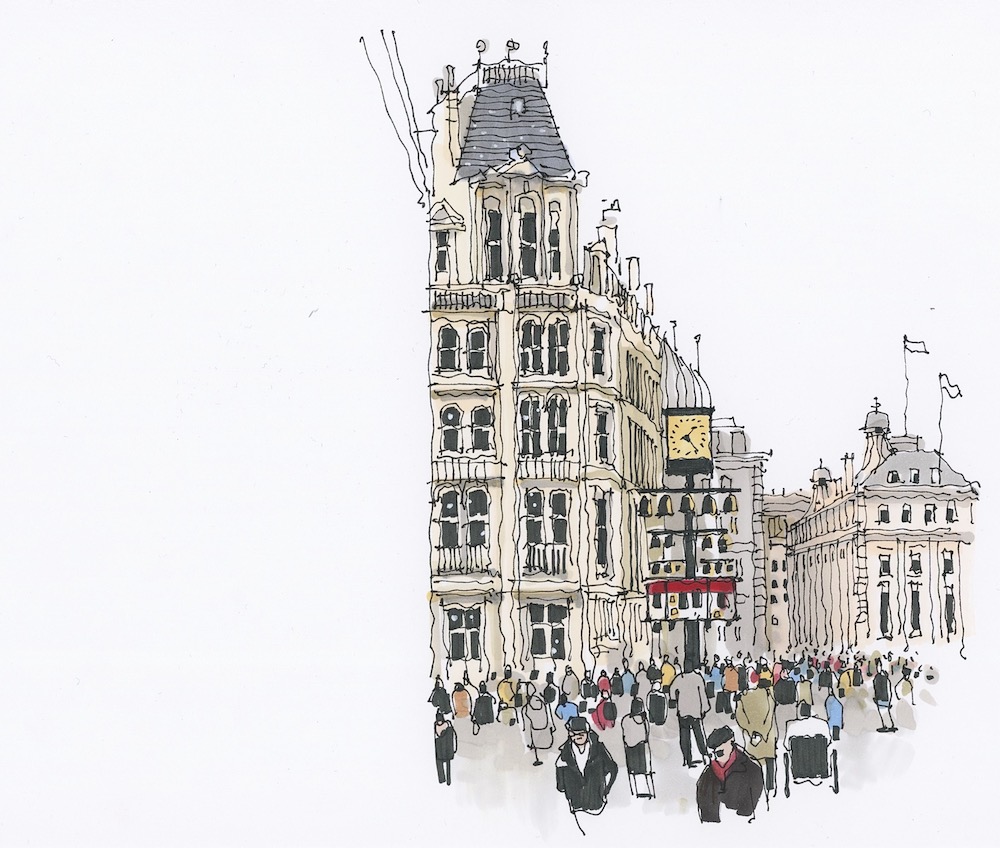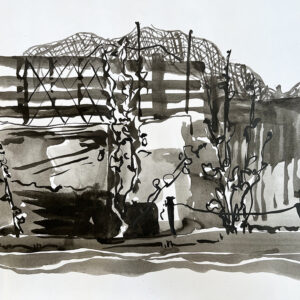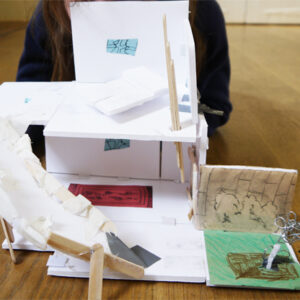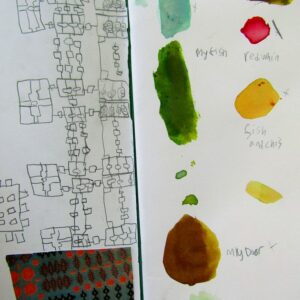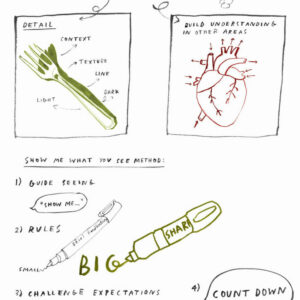Talking Points: The Shoreditch Sketcher
A collection of sources and imagery to explore the work of The Shoreditch Sketcher.
Please note that this page contains links to external websites and has videos from external websites embedded. At the time of creating, AccessArt checked all links to ensure content is appropriate for teachers to access. However external websites and videos are updated and that is beyond our control.
Please let us know if you find a 404 link, or if you feel content is no longer appropriate.
We strongly recommend as part of good teaching practice that teachers watch all videos and visit all websites before sharing with a class. On occasion there may be elements of a video you would prefer not to show to your class and it is the teacher’s responsibility to ensure content is appropriate. Many thanks.
*If you are having issues viewing videos it may be due to your schools firewall or your cookie selection. Please check with your IT department.*
This resource is free to access and is not a part of AccessArt membership.





Tips from The Shoreditch Sketcher
The Shoreditch Sketcher has kindly provided the following tips for your own drawing. Read the tips and then explore his drawings below. Can you see his tips some to life in the drawings he makes?
Travel light
You don’t need to have lots of expensive equipment for urban sketching. I find the less kit I have, the easier it is to focus on the drawing. If you always travel with a small selection of pens and an A5 sketchbook, you will be able to set up camp anywhere and get drawing quickly wherever you are.
Pick a subject that interests you
There is absolutely no point in sketching something that doesn’t excite you. The fact is, you’re more likely to get a great result with something that interests you. Start with whatever catches your eye!
Get comfortable
For beginners and people who work at a slower pace, a seated position may be more comfortable and allow for more accuracy. Find a location where you can easily sit on a wall or chair to give yourself more time to capture the scene.
Remember that a drawing is not a photograph
Don’t fall into the trap of trying to faithfully capture the scene you are drawing as if it were a photograph. A sketch is an expression of what you’re looking at, not an exact reproduction. Celebrate the mistakes!
Set yourself a time limit
It can be useful to give yourself a time limit on your live drawings. This helps to focus your mind and instil your drawings with energy, and it forces you to move on to another view. Quick sketches often capture much more than an overworked piece!
Work in a medium that you feel comfortable with
I love drawing with pen – straight in, with no pencil. But I’m very aware this requires a lot of confidence and my advice to beginners is always to start with a medium you feel comfortable with. This might well be pencil or charcoal, both of which are quite forgiving.
Stop and come back to it later
Don’t be afraid to call time on a sketch even though it’s not ‘finished’. Remember, you are the one to decide what’s finished and what’s not. A great tip is to take a quick photo of the view you’re sketching on your phone and then use the image as a reference for adding more detail, tone or colour later on!
Keep at it
Practise makes perfect, and a sketch a day is a great way to train your eye. Draw everyday things such as bus journeys, sandwich shops, mugs on desks and drab buildings. You’ll quickly become adept at looking for interesting views, and soon your sketchbook will become a record of your travels!
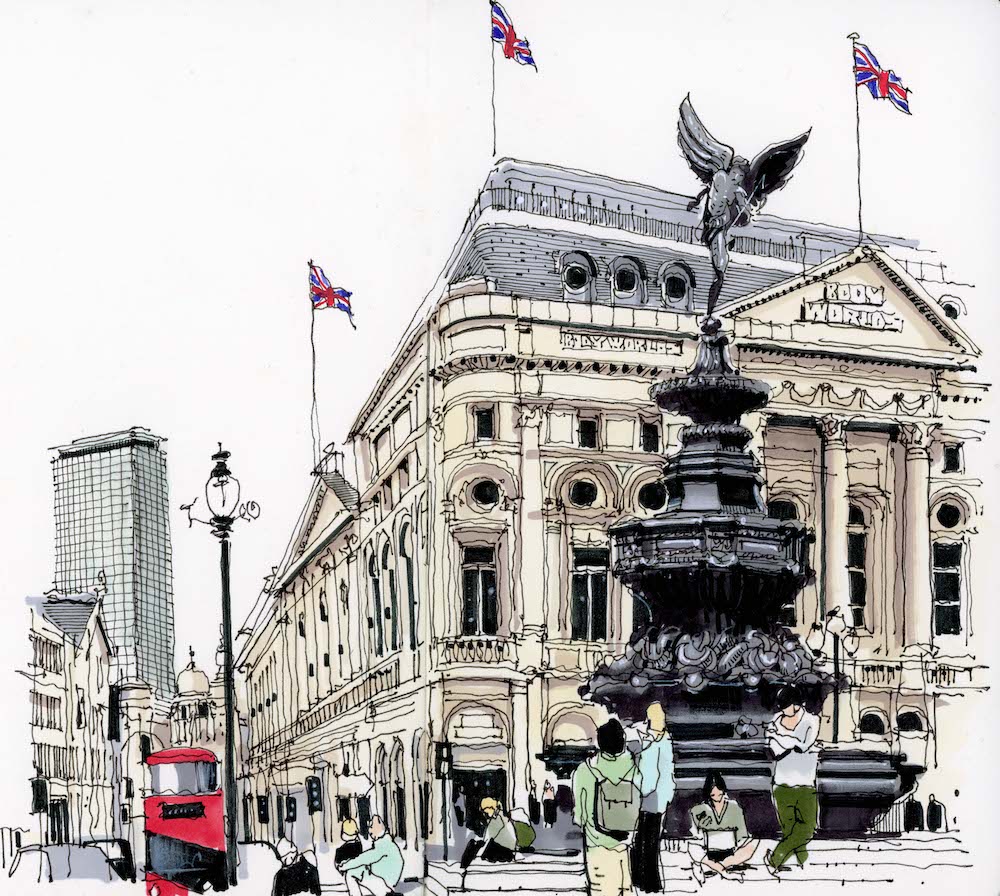
Piccadilly London by the Shoreditch Sketcher
Questions to Ask Children
Describe what you see.
Look at the artwork as a whole – which words would you use to describe the whole piece?
Tell me about the details you like.
How does it make you feel?
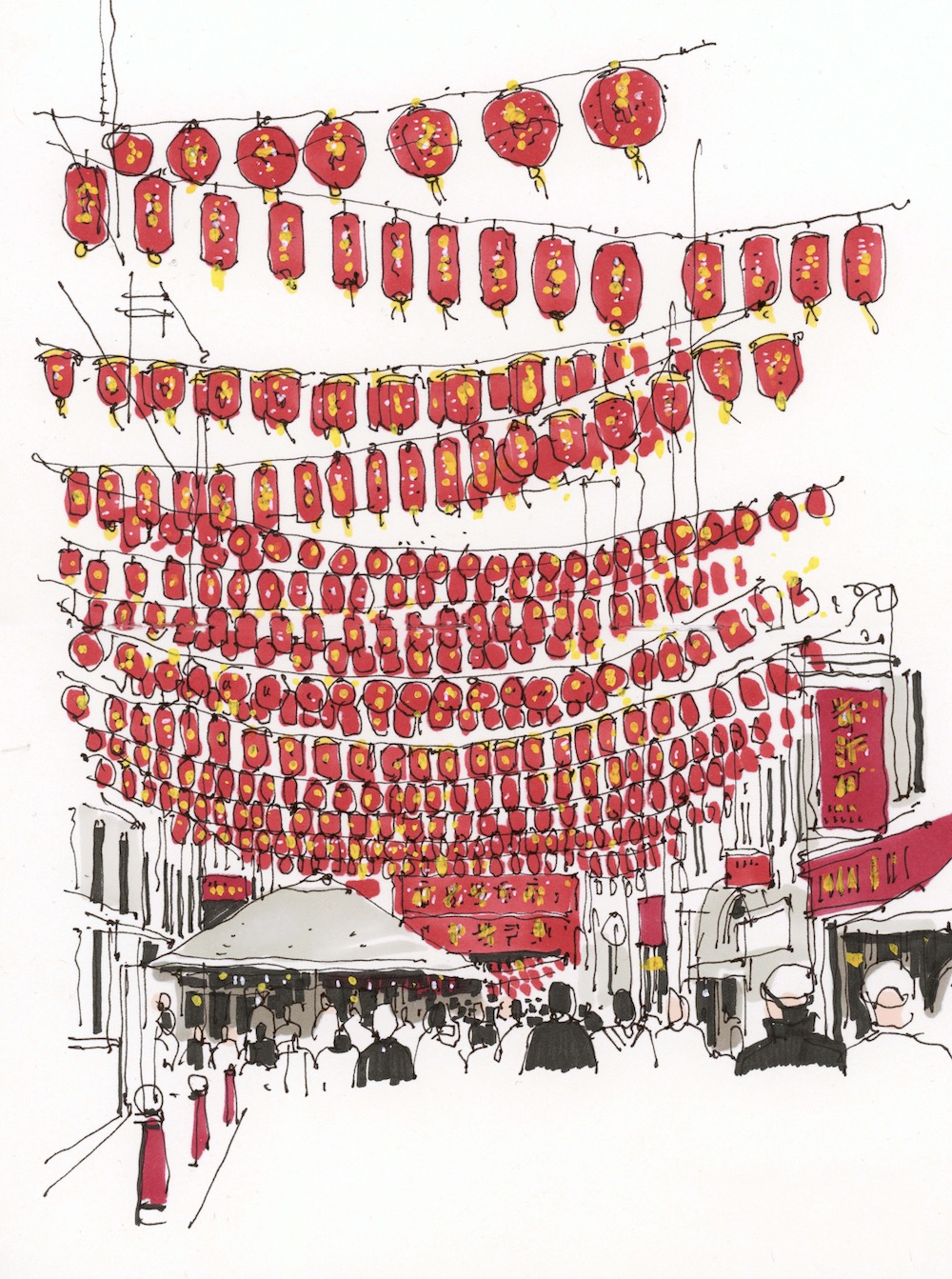
Chinatown London by the Shoredtich Sketcher
Questions to Ask Children
Describe what you see.
Which details are missing?
How do you think he decided how much detail to include or leave out?
Tell me about the details you like.

Westminster by the Shoreditch Sketcher
Questions to Ask Children
What can you see?
Do you recognise any of these buildings?
Why do you you think he chose to include details of those specific buildings and leave others out?
Tell me about the details you like.
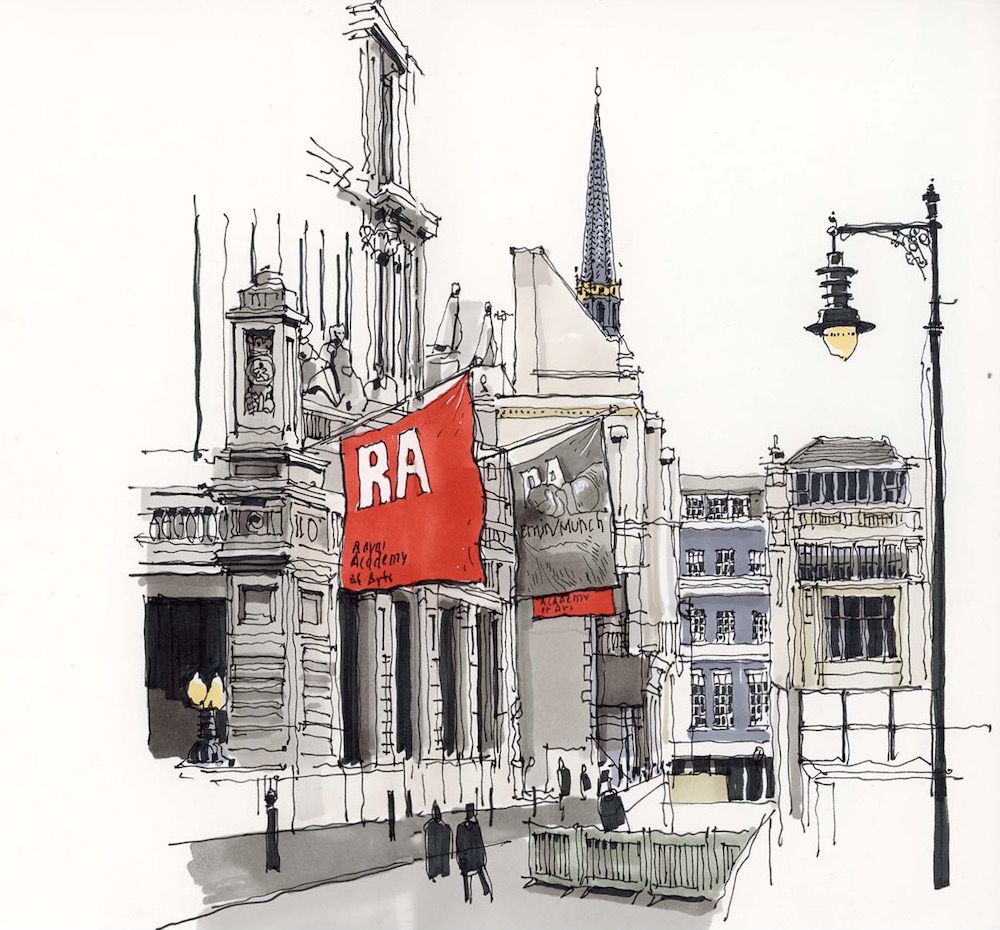
Royal Academy London by the Shoreditch sketcher
Questions to Ask Children
What can you see?
Which details do you like?
